If You Lust for a Bull, Check Out These Can Hotspots
As the season nears, most waterfowl nuts begin to anticipate decoying honkers, soaring flocks of teal and, ultimately, cold-weather greenheads. But many also turn their attention toward royalty ‚ the bull canvasback.
If you haven't taken a drake can, you want one. When you've shot a few, you realize the appeal and desire more. And if you're fortunate enough to have several wall-worthy specimens on your resume, you appreciate every aspect of a fine bull.
Unfortunately, not everyone lives or hunts in can country, so many folks must take autumn road trips to realize their canvasback dreams. But where? Maybe harvest data from the U.S. Fish and Wildlife Service can help. It won't reveal specific destinations, but it can at least put you in a state where hunters commonly take cans. Here are 6 good bets.
Click here for more Realtree waterfowl hunting content. And check us out on Facebook.
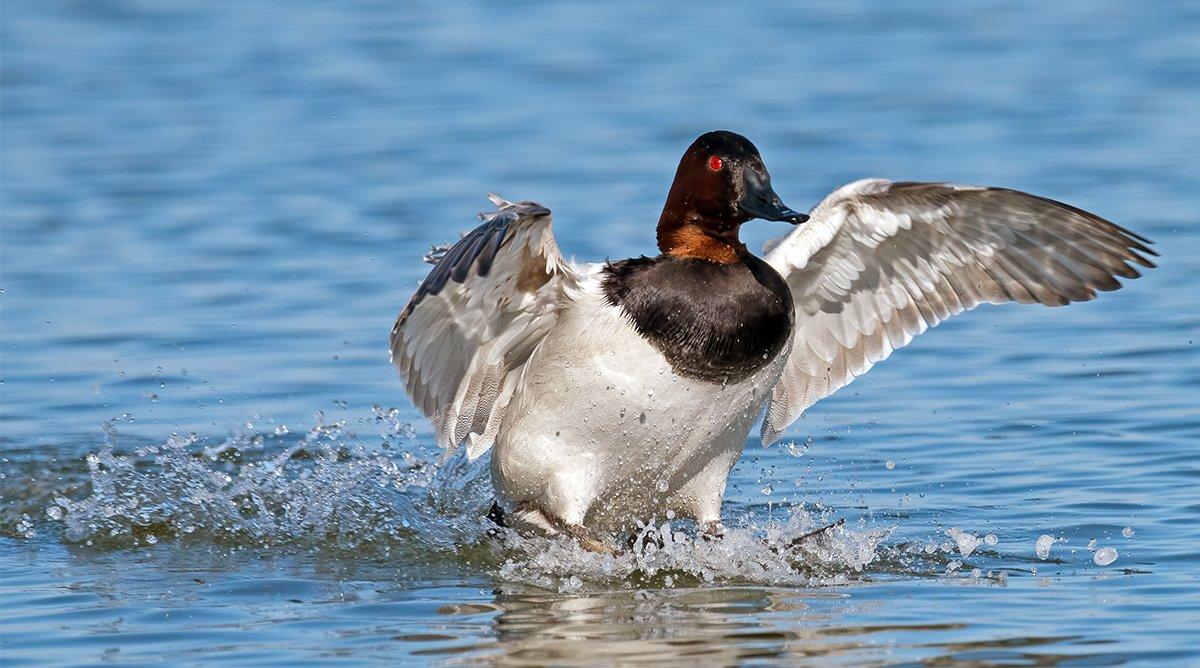
OK, confession time: I included six states here so my home state would make the list. And it did ‚ barely. Based on 2014 and 2015 harvest data, Wisconsin hunters shot about 8,268 cans in 2014, good for fifth place, and about 3,304 in 2015, which ranked sixth. That seems almost unbelievable for a state that's become known for canvasbacks, but it doesn't tell the entire story.
The Mississippi River ‚ specifically Pool 9 ‚ on the state's western border is a major canvasback migration stopover. During the peak flight, almost 300,000 cans might congregate on Pool 9 ‚ almost one-half of the continental population. Better, that and other nearby sections of the Big Muddy are part of the Upper Mississippi River National Wildlife and Fish Refuge, and public hunting opportunities abound. Yeah, pressure can be heavy, but persistent scouting and hunting during the week can get you away from the crowds.
Photo © Brian E. Kushner/Shutterstock
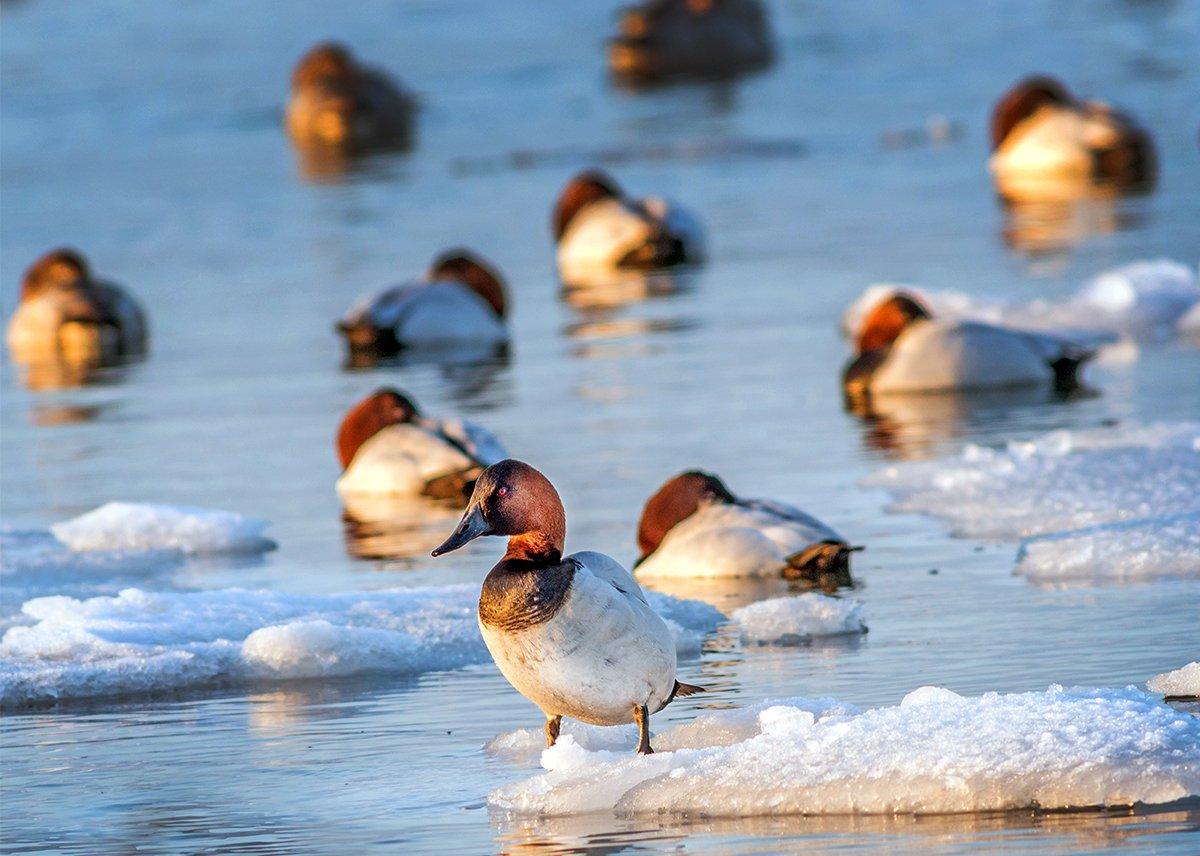
I was a bit surprised by this, but I shouldn't be. Minnesota sees a tremendous variety of migratory waterfowl, and cans are no exception. State hunters took 6,592 cans in 2014 and 12,703 in 2015. Further, Minnesota is bordered by North Dakota to the west and Manitoba to the north, and it encompasses a long stretch of the Mississippi River. Sounds like can country.
Lakes in the north-central portion of the state attract cans, as do many stretches of the Minnesota portion of the Mississippi River. And you'll have plenty of bonus ducks to shoot at, too, as state hunters typically kill about 570,000 birds per season.
Photo © Lone Wolf Photography/Shutterstock
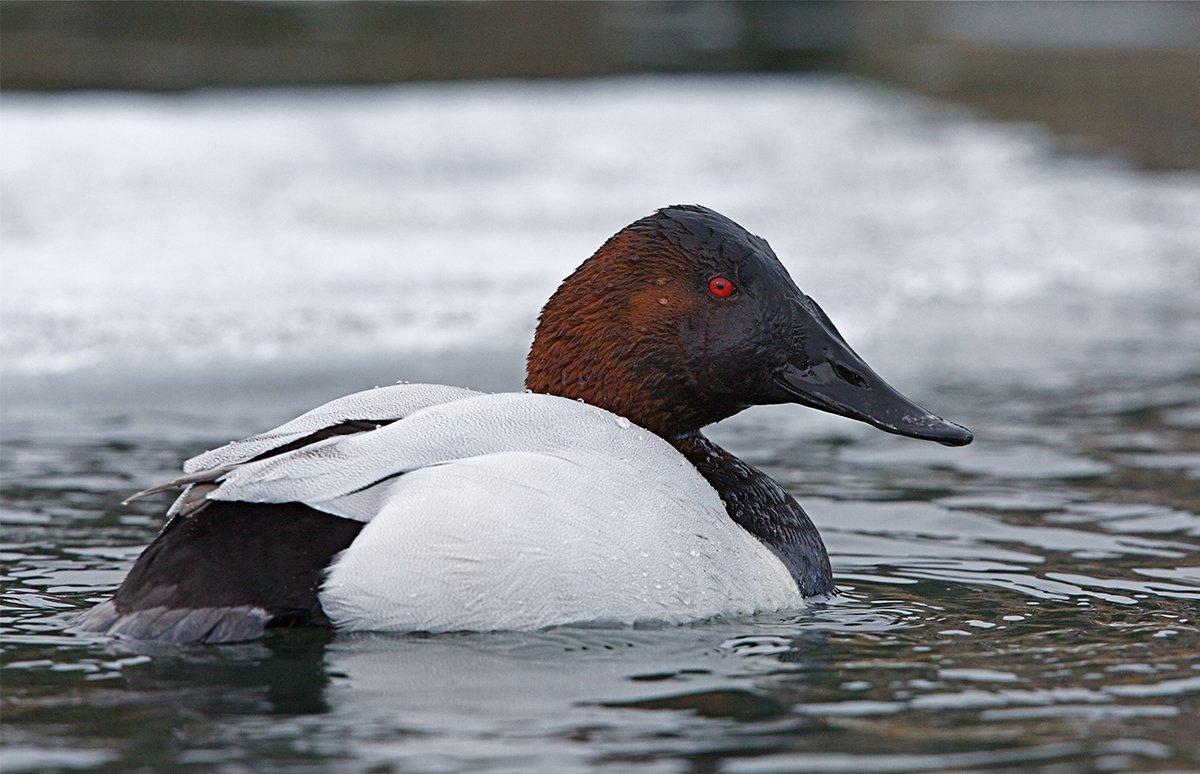
The Peace Garden State probably won't be left off many waterfowling destination lists, and that holds true for canvasbacks. State hunters shot about 9,798 in 2014 and 10,235 in 2015.
Devil's Lake is a great area, of course, as cans and other divers flock to the massive water every fall. However, hunters can also find lots of cans in smaller lakes and sloughs throughout North Dakota. Sometimes, these birds might be mixed with other diving ducks, but often, they'll be segregated. Glass open water to find good concentrations, and then secure permission to hunt them.
Photo © Tom Reichner/Shutterstock
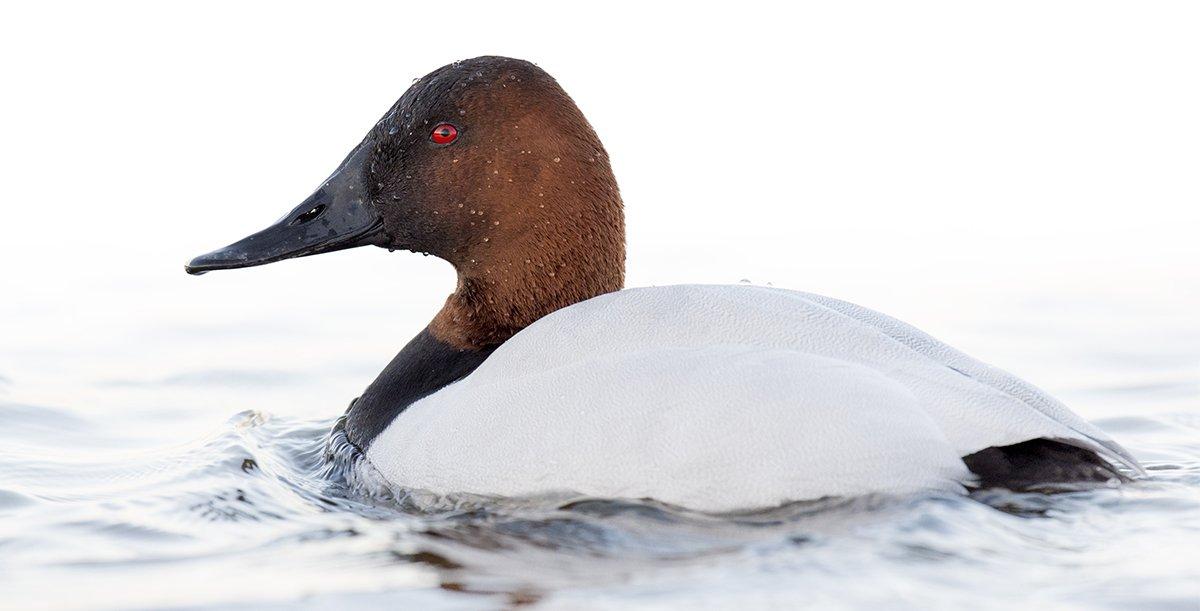
Louisiana's canvasback flight can be somewhat weather-dependent ‚ 15,179 taken during the cold 2014 season, but just 5,850 in the trickle-migration 2015 hunt ‚ but you can't deny its appeal. A January hunt in the Bayou State might net you the fully plumaged bull of a lifetime.
Catahoula Lake, in the central part of the state, is a major canvasback migration and wintering area, thanks to acre after acre of submergent vegetation. In fact, biologists say it has attracted the most wintering cans in North America since 1985. The Venice area can also be good. As expected, hunting pressure is often heavy.
Photo © Ray Hennessy/Shutterstock
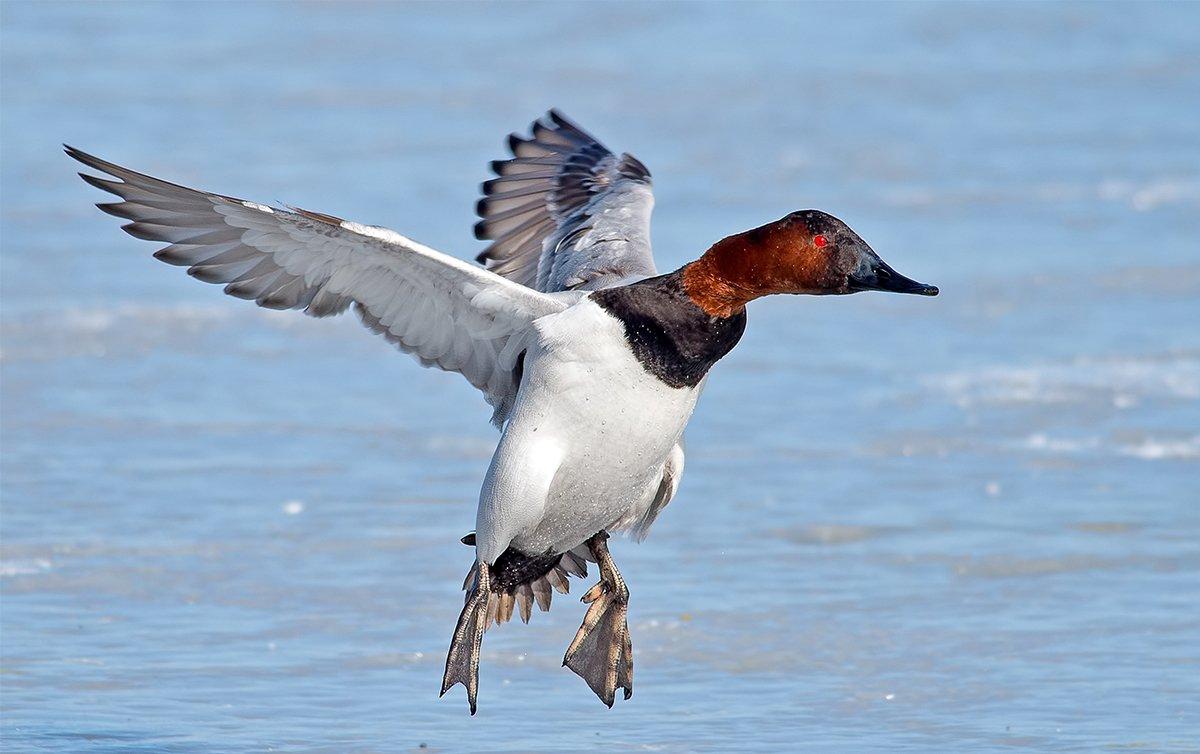
Longhorns and bull cans? Apparently, as numbers don't lie. Lone Star hunters took about 18,005 cans in 2014 and 6,960 during the much warmer 2015 campaign.
Out-of-state can fans might look to the Texas Gulf Coast as a potential hotspot, but Lake Fork, Toledo Bend, Sam Rayburn and other reservoirs see good canvasback activity, as does Angelina-Neches/Dam B Wildlife Management Area.
Photo Brian E. Kushner/Shutterstock
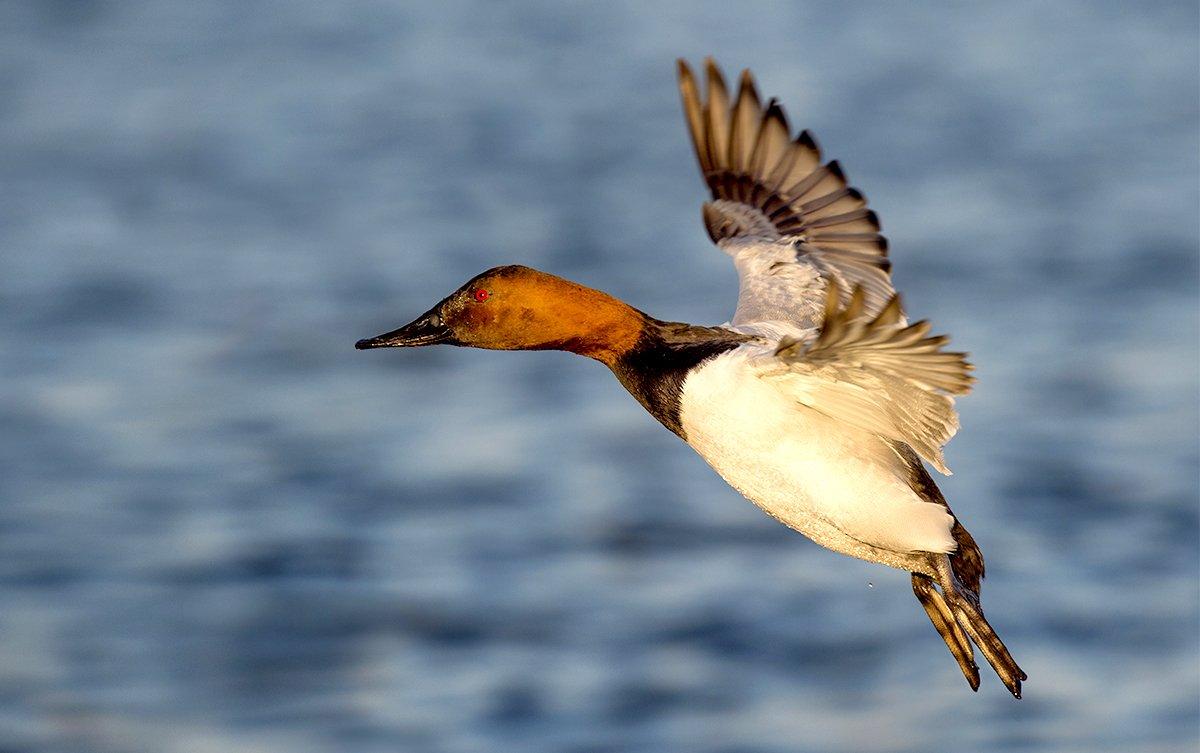
All hail the king for the king of ducks. With about 25,322 cans in the 2015 harvest and 15,589 in 2014, there's no disputing the No. 1 canvasback state.
Loads of cans winter along the California coast and south along Baja. Access and pressure are the tough parts of the equation, as the state had almost 47,000 active duck hunters in 2015.
Photo © Ray Hennessy/Shutterstock






